Industrial odour control has evolved from a simple nuisance management issue into a critical component of sustainable industrial operations. With stringent environmental regulations and growing community awareness, industries must implement sophisticated odour management systems that protect public health, ensure regulatory compliance, and maintain positive community relations. This comprehensive examination explores the science, technologies, and best practices that define effective industrial odour management in today's manufacturing landscape.
Understanding Industrial Odour Sources and Chemistry
Industrial odours originate from complex chemical processes involving volatile organic compounds (VOCs), sulfur-based molecules, nitrogenous compounds, and organic acids. Manufacturing facilities generate odours through various pathways including thermal processing, chemical reactions, biological decomposition, and waste management activities. The molecular basis of industrial odours involves compounds such as hydrogen sulfide, ammonia, mercaptans, aldehydes, ketones, and various aromatic hydrocarbons that interact with human olfactory receptors at extremely low concentrations.+4
Bitumen processing, for example, releases polycyclic aromatic hydrocarbons (PAHs), sulfur-containing compounds, and volatile organic compounds during heating and application processes. Food processing operations generate distinct odour profiles from protein degradation, fat oxidation, fermentation byproducts, and wastewater treatment processes. Chemical manufacturing facilities produce complex odour mixtures from solvents, adhesives, polymers, and reaction intermediates that require specialized neutralization approaches.+3
The chemistry of odour formation involves several key mechanisms. Anaerobic bacterial decomposition produces hydrogen sulfide and mercaptans through sulfur reduction pathways, while protein breakdown generates ammonia and volatile amines. Thermal processes create aldehydes and ketones through oxidation reactions, and microbial fermentation produces organic acids and esters that contribute to characteristic industrial odours.+3
Liquid Phase Odour Control Technologies
Liquid phase odour control represents the first line of defense in industrial odour management, targeting odorous compounds before they volatilize into the atmosphere. This approach involves treating the source material - whether wastewater, process liquids, or stored materials - to prevent or minimize odour generation.+2
Chemical Treatment Methods
Chemical oxidation using hydrogen peroxide, ozone, potassium permanganate, and chlorine dioxide effectively neutralizes sulfur compounds and organic molecules in liquid streams. These oxidizers convert hydrogen sulfide into less volatile sulfates and sulfoxides, while breaking down organic precursors through advanced oxidation processes. Iron salts specifically target hydrogen sulfide through precipitation reactions, providing cost-effective treatment for sulfur-dominated odour problems.+2
pH adjustment strategies using magnesium hydroxide, calcium hydroxide, or sodium hydroxide alter the chemical equilibrium between dissolved and gaseous phases of odorous compounds. Alkaline conditions favor the dissolution of acidic gases like hydrogen sulfide, reducing their volatilization potential. Conversely, acidic conditions can help with ammonia control by converting gaseous ammonia to dissolved ammonium ions.+2
Nitrate-based treatment systems provide dual benefits by supplying alternative electron acceptors for bacteria, promoting aerobic conditions while directly oxidizing reduced sulfur compounds. This biological-chemical hybrid approach proves particularly effective in wastewater treatment applications where ongoing biological activity contributes to odour generation.+1
Advanced Molecular Neutralization
Proprietary formulations like Anotec's PRO5L employ reactive odour-neutralization mechanisms that target specific molecular structures. These systems utilize nucleophilic addition reactions with electrophilic carbonyl groups in aldehydes and ketones, while oxidation-reduction reactions transform volatile sulfides into non-volatile sulphoxides and sulphones. Complexation reactions bind aromatic hydrocarbons and polar VOCs into stable, non-volatile complexes that remain in the liquid phase.
This multi-modal chemistry approach allows permanent neutralization of odour-causing compounds rather than simple masking or temporary suppression. The technology demonstrates broad-spectrum effectiveness against various VOC classes while maintaining thermal stability under elevated process temperatures typical in industrial applications.
Vapor Phase Treatment Technologies
When odorous compounds enter the vapor phase, containment and specialized treatment become essential for effective control. Vapor phase technologies focus on capturing, treating, and safely disposing of odorous gases before they reach the surrounding environment.+2
Biological Treatment Systems
Biofilters represent one of the most sustainable and cost-effective vapor phase treatment options for many industrial applications. These systems pass odorous air through beds of organic material such as compost, wood chips, peat moss, or engineered media that support diverse microbial communities. The resident microorganisms consume odorous compounds as nutrients, converting them into harmless end products including carbon dioxide, water, and biomass.+4
Biofilter performance depends critically on maintaining optimal conditions for microbial activity, including proper moisture content (40-60%), appropriate pH levels (6.5-8.5), adequate residence time (30-120 seconds), and sufficient oxygen supply. Well-designed biofilters achieve 90% or greater odour reduction for compounds like hydrogen sulfide and ammonia, with operational costs as low as $150-200 per 1000 cfm of treated air.+1
Biotrickling filters combine biofilter principles with scrubber technology, providing higher removal efficiencies in more compact footprints. These systems continuously irrigate the biofilm-covered packing media with nutrient solutions, enabling treatment of higher odour loads and more challenging compound mixtures than conventional biofilters.+1
Chemical Scrubbing Systems
Chemical scrubbers utilize liquid solutions to absorb and neutralize odorous compounds through chemical reactions. Multi-stage scrubber designs optimize treatment for complex odour mixtures, with acidic stages targeting basic compounds like ammonia and alkaline stages neutralizing acidic gases such as hydrogen sulfide.+2
Modern scrubber systems employ high-efficiency packing media like Tri-Packs to maximize gas-liquid contact while minimizing pressure drop and water consumption. Advanced designs incorporate oxidizers such as sodium hypochlorite or hydrogen peroxide to enhance destruction efficiency for persistent organic compounds. Performance guarantees for properly designed systems include hydrogen sulfide reduction from 4000 ppb to less than 1 ppb, representing over 99.9% removal efficiency.+1
Adsorption Technologies
Activated carbon adsorption provides highly effective treatment for low-concentration but persistent odours, particularly volatile organic compounds from thermal processing and solvent applications. The porous structure of activated carbon creates extensive surface area for physical adsorption of odorous molecules, with impregnated carbons offering enhanced performance for specific compound classes.+3
Carbon systems excel at handling intermittent odour peaks and providing polishing treatment downstream of biological or chemical systems. Proper carbon selection and sizing can achieve 95% or greater removal efficiency for many organic compounds, though regular regeneration or replacement maintains long-term performance.+2
Industry-Specific Applications and Challenges
Different industrial sectors present unique odour control challenges that require tailored technological approaches and operational strategies.
Food and Agricultural Processing
Food processing facilities generate diverse odour profiles from protein decomposition, fat oxidation, fermentation processes, and wastewater treatment. Meat and seafood processing operations face particular challenges from organic material handling, rendering processes, and wash-down water systems. Effective control strategies include source containment through negative pressure systems, biofilter treatment of exhaust air, and specialized chemical treatment of process water.+2
Poultry processing facilities utilize multi-point application systems including wash-down water treatment, direct injection to exhaust stacks, and integration with existing scrubbing systems. Holiday and weekend shutdown periods require special attention as reduced airflow can lead to odour accumulation in storage areas.
Agricultural operations managing livestock odours employ dietary manipulation to reduce odour precursors in animal waste, structural modifications including windbreak barriers and improved ventilation, and manure management techniques including aeration and chemical treatment. Biofilter systems designed for livestock facilities achieve over 90% odour reduction while providing ancillary benefits for dust and ammonia control.+2
Chemical and Pharmaceutical Manufacturing
Chemical facilities handle diverse odour sources from solvent emissions, reaction byproducts, waste streams, and storage operations. Pharmaceutical and biotechnology facilities require specialized approaches that maintain sterile conditions while controlling odours from fermentation processes, solvent recovery, and waste treatment.
Thermal oxidation systems prove effective for high-concentration VOC streams, though rising energy costs favor alternative technologies. Cold plasma technology offers innovative molecular-level destruction of persistent compounds without the energy requirements of thermal systems. Catalytic oxidizers provide efficient treatment at lower temperatures for moderate VOC loads.+1
Wastewater Treatment Operations
Wastewater treatment facilities face comprehensive odour challenges from collection systems, treatment processes, and sludge handling operations. Hydrogen sulfide generation in collection systems requires proactive management through chemical dosing, aeration, or alternative collection strategies.+3
Treatment plant odour control employs both liquid and vapor phase technologies, with biofilters and chemical scrubbers treating process air while chemical oxidation manages dissolved odours in treatment streams. Advanced systems integrate real-time monitoring with automated chemical dosing to maintain optimal treatment conditions.+2
Emerging Technologies and Future Trends
The industrial odour control field continues advancing through technological innovation and regulatory evolution. Advanced oxidation processes utilizing UV light, ozone, and hydroxyl radicals offer enhanced treatment of recalcitrant compounds. Plasma technology provides molecular-level destruction without thermal energy requirements.+2
Smart monitoring systems integrating real-time odour detection with meteorological data enable predictive management and automated system optimization. Internet of Things (IoT) sensor networks provide comprehensive facility monitoring with cloud-based analytics for trend analysis and complaint prevention.
Artificial intelligence applications in odour management include predictive modeling for emission forecasting, optimization algorithms for multi-technology systems, and automated response protocols for upset conditions. These technologies enable proactive rather than reactive odour management strategies.
Implementation Strategies and Best Practices
Successful industrial odour control requires systematic implementation approaches that integrate technology selection with operational optimization and stakeholder engagement.
Assessment and Planning
Comprehensive odour assessment begins with source identification and characterization using both analytical measurement and sensory evaluation techniques. Odour dilution threshold testing quantifies odour intensity while chemical analysis identifies specific compounds requiring treatment. Meteorological assessment determines dispersion patterns and identifies critical weather conditions for odour transport.+2
Stakeholder engagement includes community consultation, regulatory coordination, and employee communication to establish realistic expectations and maintain transparency throughout implementation. Environmental impact assessment ensures proposed technologies meet current and anticipated regulatory requirements while considering long-term sustainability objectives.+2
Technology Selection and Integration
Multi-criteria evaluation considers technical effectiveness, economic feasibility, operational complexity, and environmental sustainability. Pilot testing validates performance under actual operating conditions while identifying potential operational challenges. System integration addresses interactions between multiple technologies and ensures compatible operation.+4
Economic analysis includes capital costs, operating expenses, maintenance requirements, and potential revenue from byproduct recovery. Life cycle assessment evaluates long-term environmental impacts and sustainability metrics.+3
Monitoring and Optimization
Continuous monitoring systems track both odour intensity and specific compound concentrations to verify treatment performance and identify emerging issues. Automated data logging enables trend analysis and predictive maintenance scheduling. Community feedback systems provide early warning of treatment deficiencies and guide optimization efforts.+2
Performance optimization involves regular system tuning, maintenance protocol refinement, and technology upgrades as new solutions become available. Staff training ensures proper operation and maintenance while emergency response procedures address upset conditions.+3
Economic and Regulatory Considerations
Industrial odour control represents significant capital and operating investments that require careful economic justification and regulatory compliance strategies.
Cost-Benefit Analysis
Treatment system costs vary widely depending on technology selection, capacity requirements, and performance objectives. Biofilter systems offer low operating costs ($150-200 per 1000 cfm) but require larger footprints than chemical alternatives. Chemical scrubbers provide compact, high-efficiency treatment but involve ongoing chemical and maintenance costs.+3
Economic benefits include avoided regulatory penalties, reduced complaint handling costs, improved community relations, and potential property value protection. Byproduct recovery opportunities, such as fatty acid recovery from deodorizer systems, can offset treatment costs while providing additional revenue streams.+2
Regulatory Compliance
Evolving environmental regulations increasingly emphasize odour control as a component of air quality management. Emission limits, monitoring requirements, and reporting obligations vary by jurisdiction but generally trend toward stricter standards. Proactive compliance strategies anticipate regulatory changes while implementing systems that exceed current minimum requirements.+3
Permit applications must demonstrate adequate technology selection, proper system design, and comprehensive monitoring protocols. Regular compliance auditing ensures ongoing regulatory adherence while identifying opportunities for system improvement.+2
Conclusion
Industrial odour control has evolved into a sophisticated engineering discipline that integrates advanced chemistry, biology, and technology to address complex environmental challenges. Success requires comprehensive understanding of odour generation mechanisms, appropriate technology selection, and systematic implementation approaches that balance technical performance with economic feasibility.
The most effective strategies combine source reduction through process optimization with targeted treatment using biological, chemical, or physical technologies matched to specific applications. Emerging technologies including advanced oxidation, plasma treatment, and smart monitoring systems offer enhanced capabilities while artificial intelligence and IoT integration enable predictive management approaches.
Future developments will likely emphasize sustainability, energy efficiency, and automated operation while meeting increasingly stringent regulatory requirements. Industries that invest in comprehensive odour management today position themselves for long-term operational success while contributing to improved environmental quality and community relations.
The transition from reactive odour complaint management to proactive emission prevention represents a fundamental shift in industrial environmental stewardship. Through scientific understanding, technological innovation, and systematic implementation, modern industries can achieve effective odour control that protects public health, ensures regulatory compliance, and maintains sustainable operations in increasingly sensitive environments.
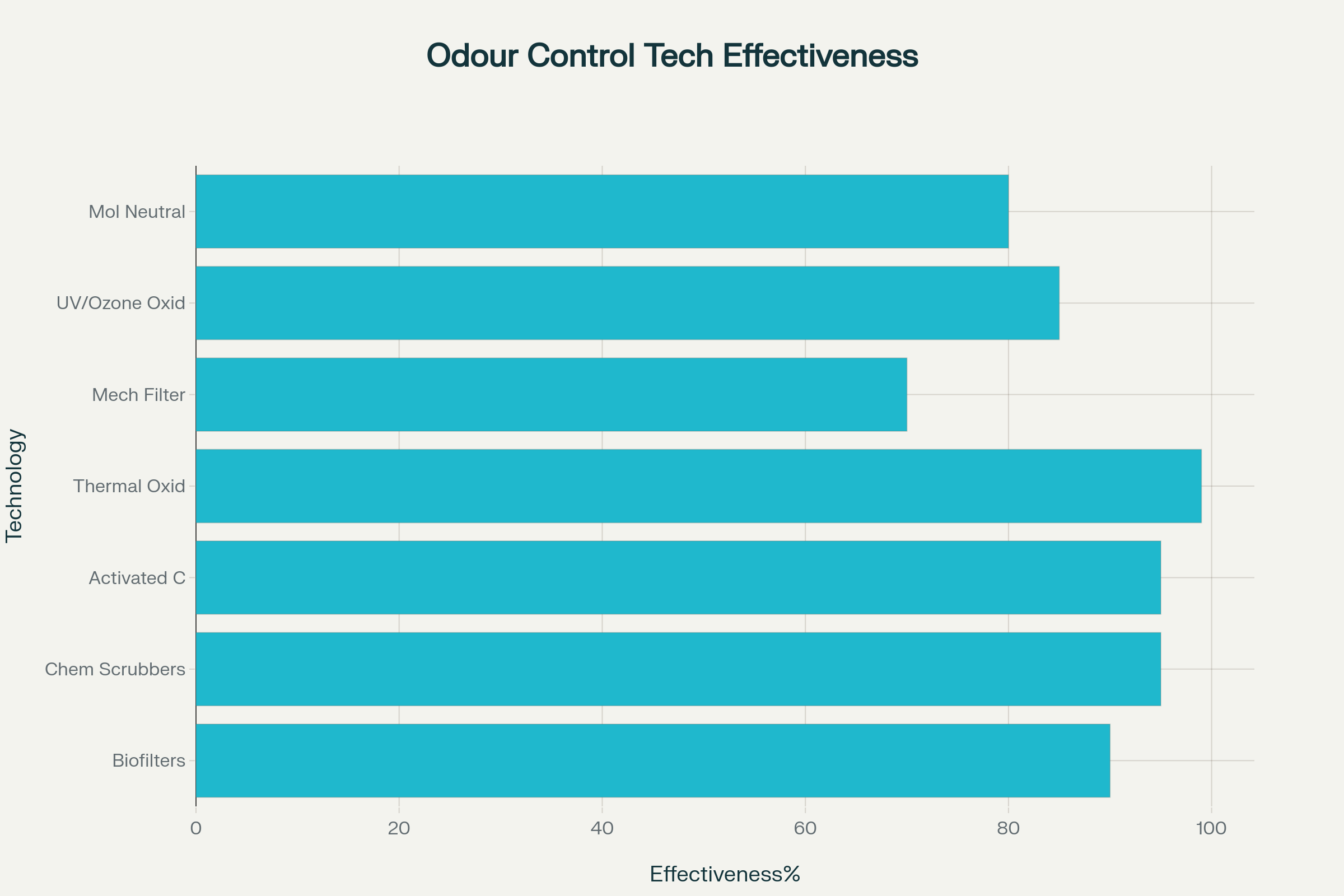


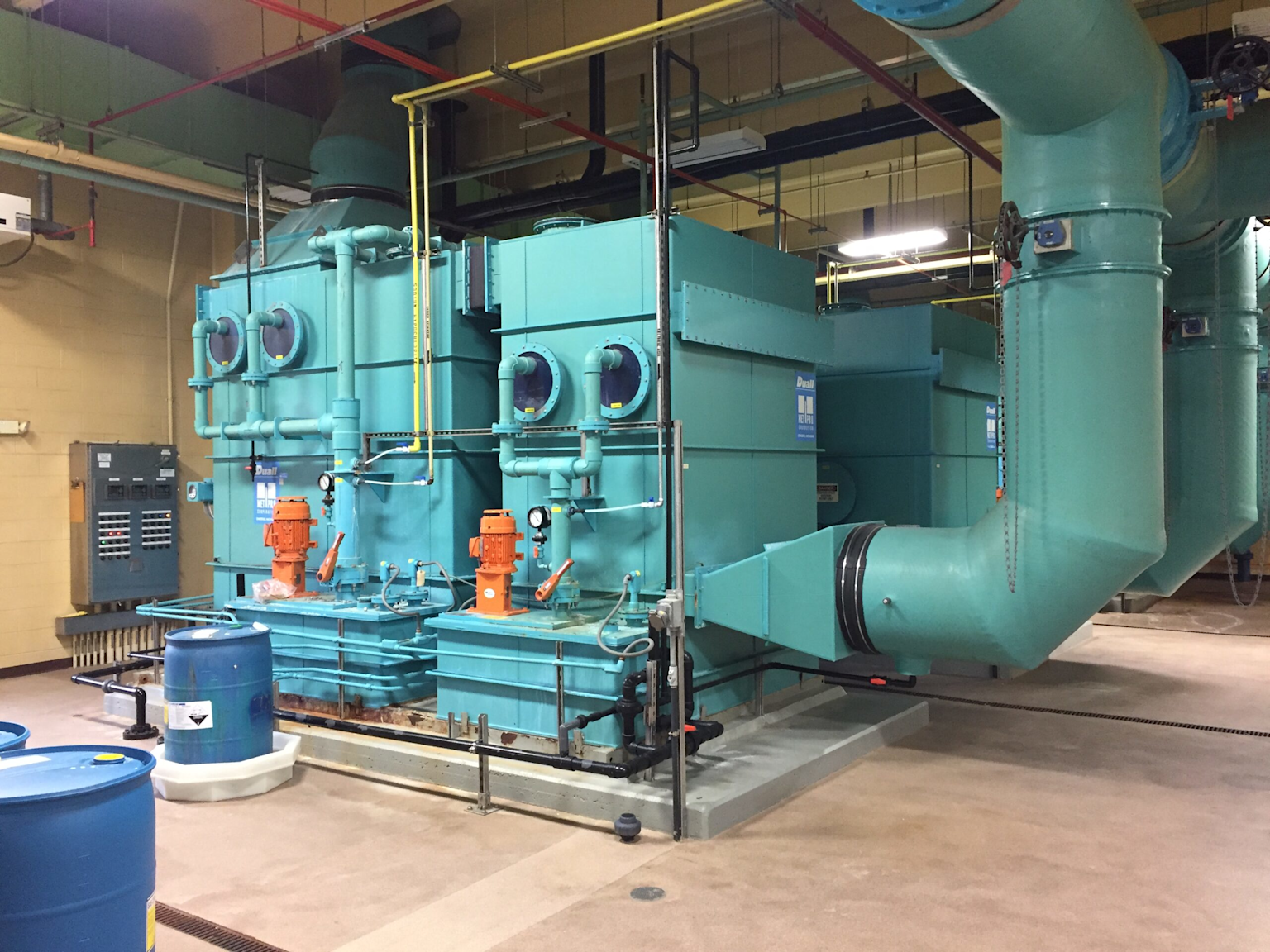
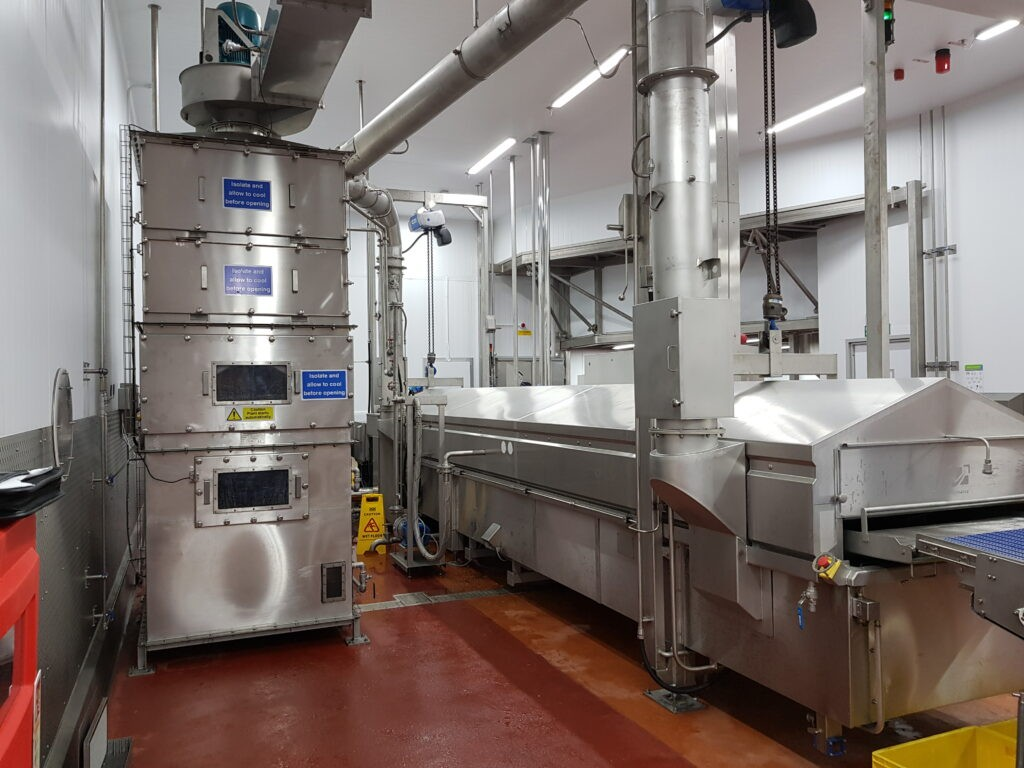

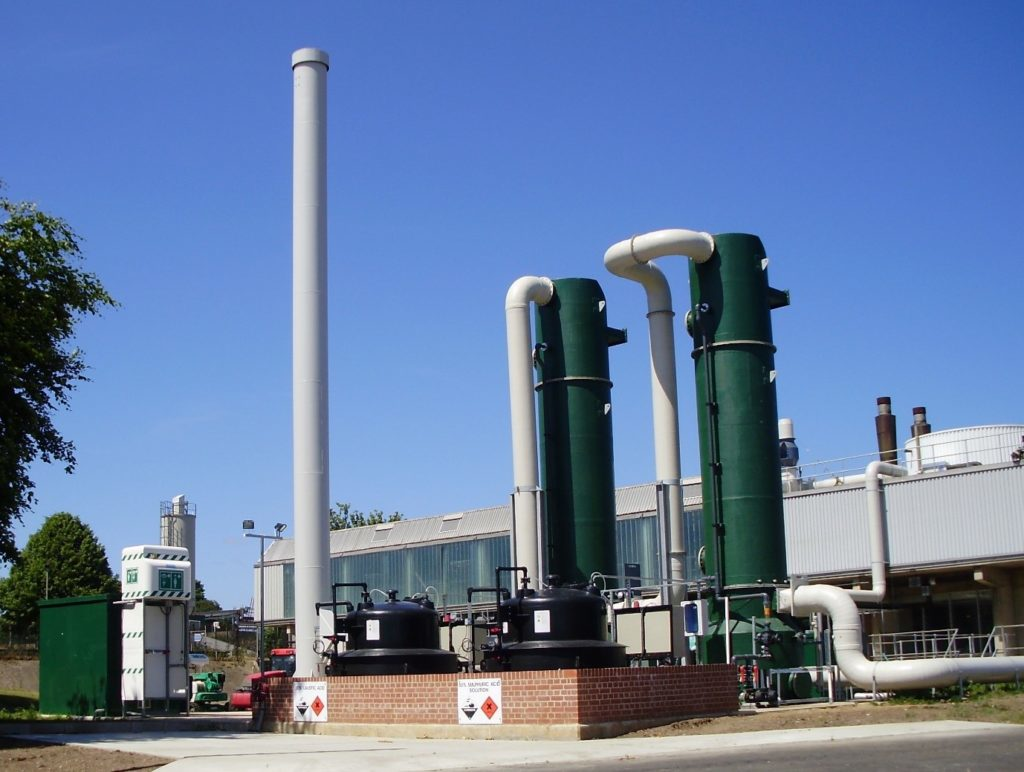
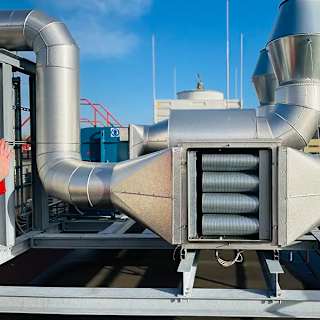

No comments:
Post a Comment